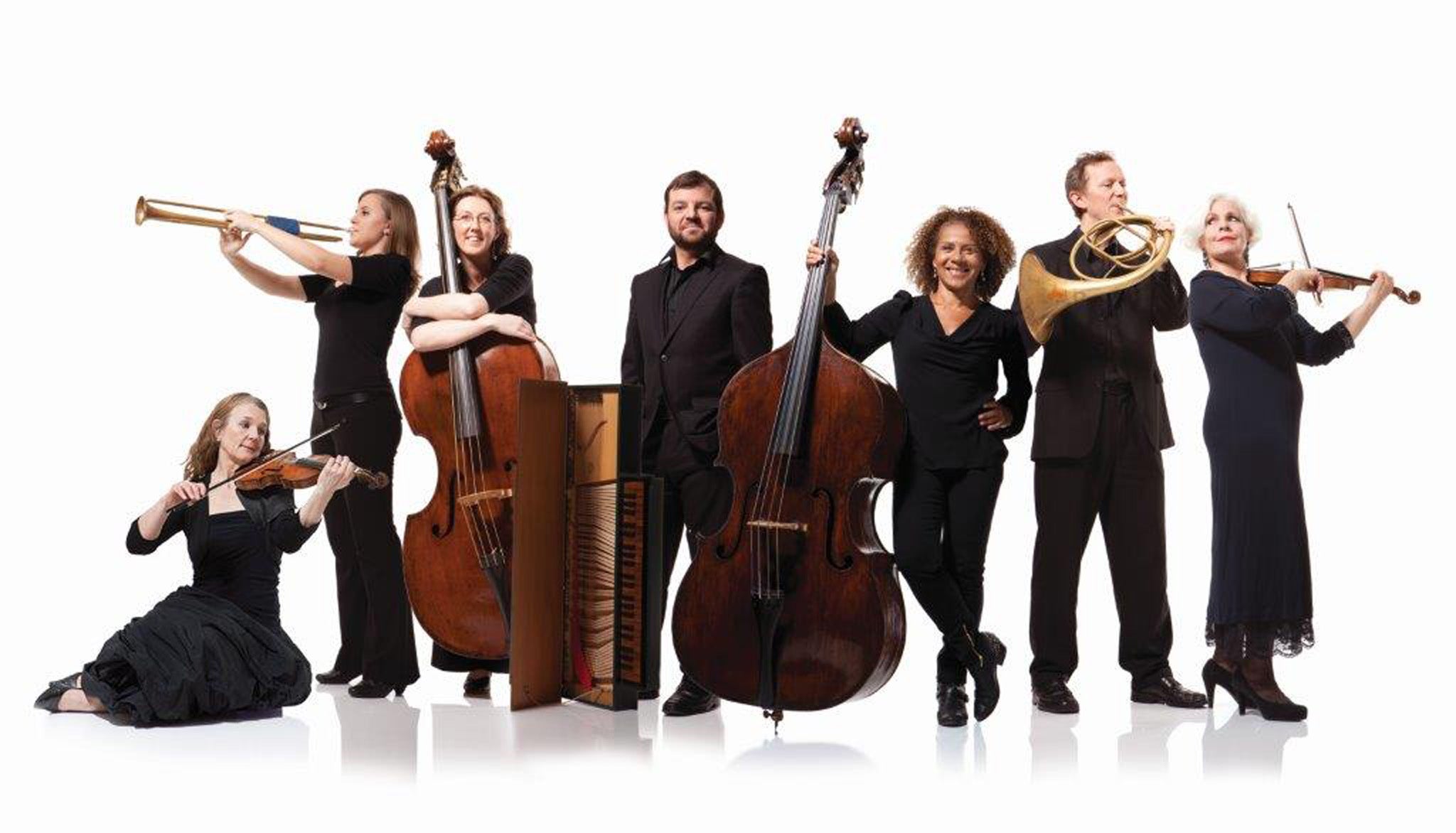The Tempest or The Enchanted Island, Sam Wanamaker Playhouse, review: Forgotten corner of musical history brilliantly re-animated
The story kept its shape and character, and the glimpse we got of seventeenth-century theatre music was fascinating

Your support helps us to tell the story
From reproductive rights to climate change to Big Tech, The Independent is on the ground when the story is developing. Whether it's investigating the financials of Elon Musk's pro-Trump PAC or producing our latest documentary, 'The A Word', which shines a light on the American women fighting for reproductive rights, we know how important it is to parse out the facts from the messaging.
At such a critical moment in US history, we need reporters on the ground. Your donation allows us to keep sending journalists to speak to both sides of the story.
The Independent is trusted by Americans across the entire political spectrum. And unlike many other quality news outlets, we choose not to lock Americans out of our reporting and analysis with paywalls. We believe quality journalism should be available to everyone, paid for by those who can afford it.
Your support makes all the difference.A forgotten corner of musical history has been brilliantly re-animated by the lutenist Elizabeth Kenny plus a group of her colleagues from the Orchestra of the Age of the Enlightenment, and they’re presenting it in a replica of the theatre for which it was originally intended.
Inspired by the success of Lully’s comedie-ballets in Paris, theatre managers in seventeenth-century London began to stage what were in effect the precursors of today’s West End musicals, and the musicalized take on Shakespeare’s Tempest which premiered in 1674 was such a hit that it was revived on and off for the next 150 years.
The candle-lit Wanamaker playhouse seems to confer magic on everything staged there, and so it was when Kenny and four other string players launched into Matthew Locke’s elegant introductory suite. Two actors (Molly Logan and Dickon Tyrrell) brought comic zest to the incarnation of Prospero, Ariel, Caliban, Miranda, et al; singers interwove a tissue of masques and dances with songs of the period, soprano Katherine Watson and tenor Samuel Boden being outstanding.
The story kept its shape and character, and the glimpse we got of seventeenth-century theatre music was fascinating, Locke being as harmonically subtle as Purcell, and the hurdy-gurdy adding its gamey exhalation.
Join our commenting forum
Join thought-provoking conversations, follow other Independent readers and see their replies
Comments